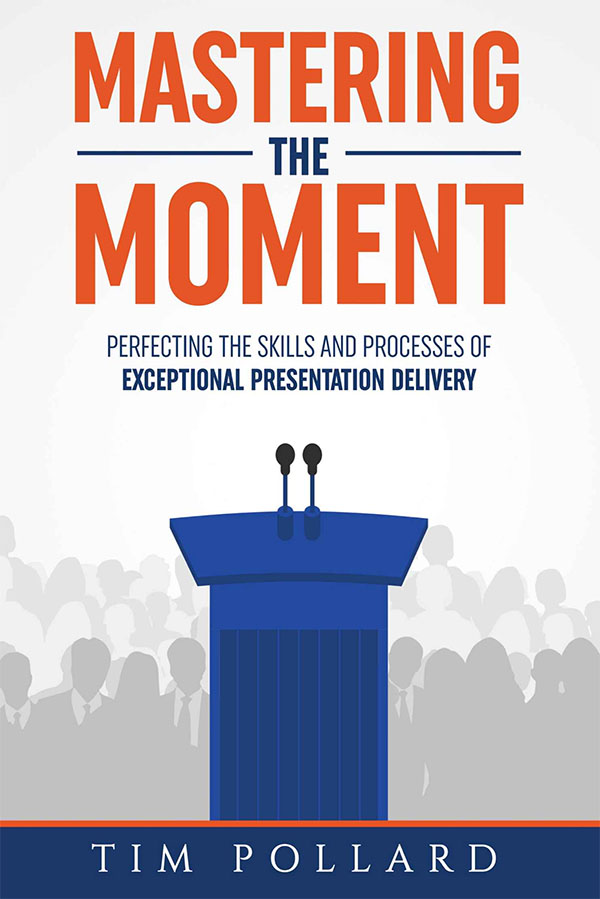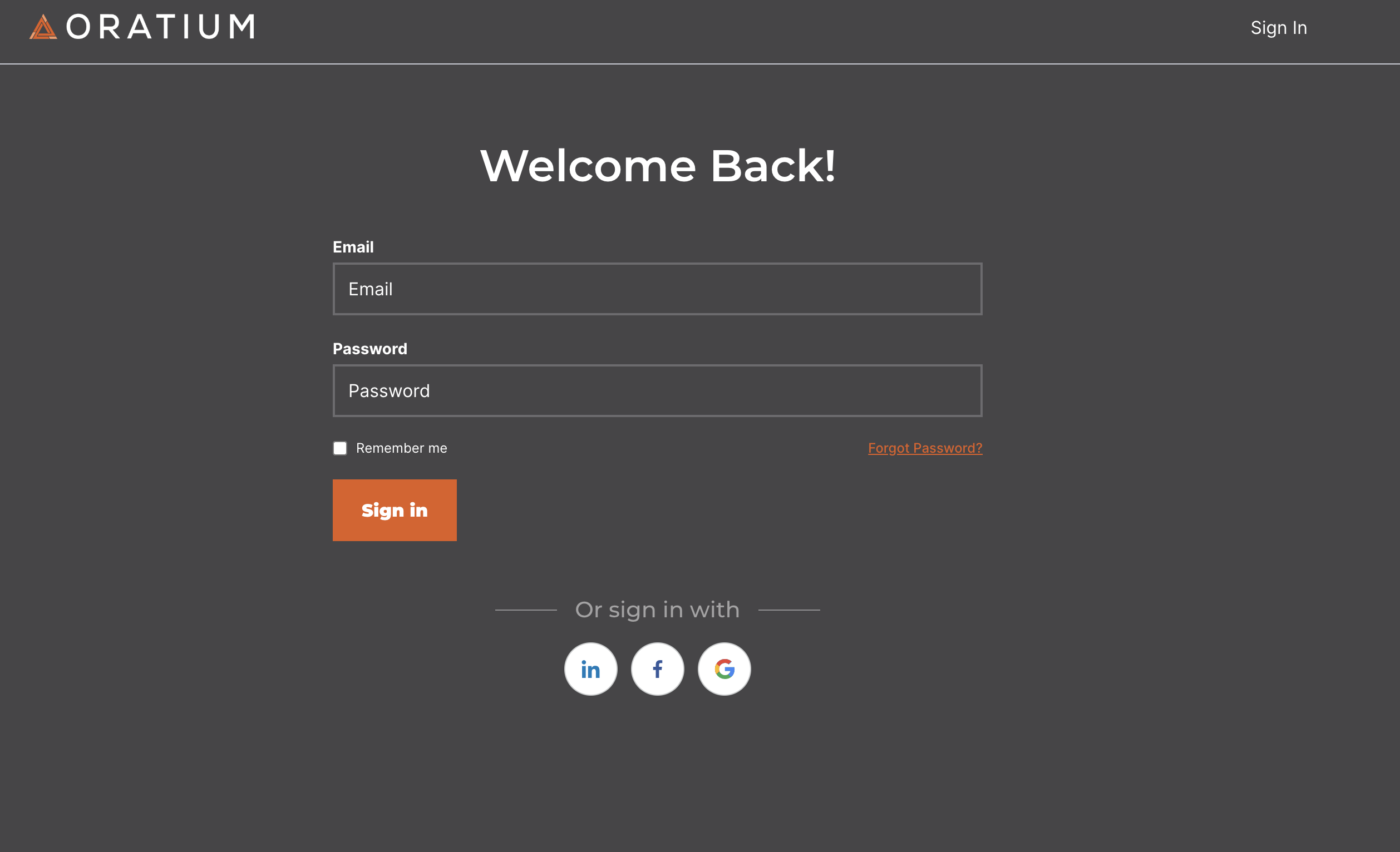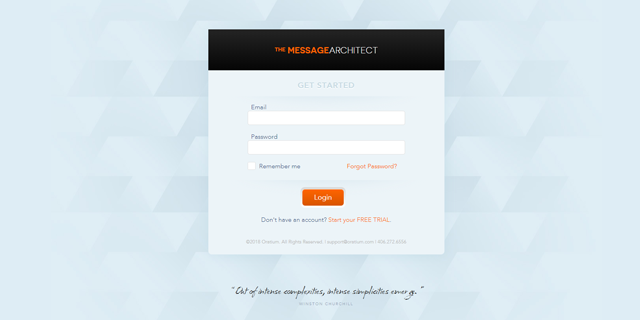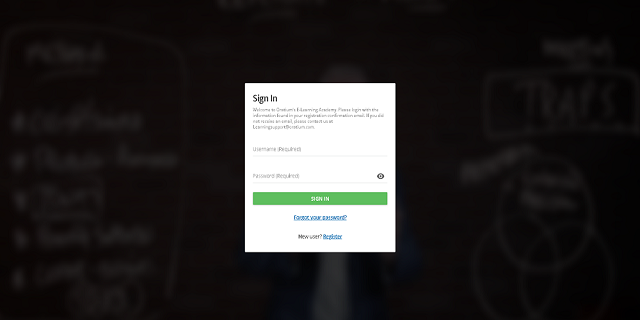I was sympathizing with some sales guys at one of our workshops recently. They were showing me some sales collateral that Marketing had created for them – and this was the old joke… that wasn’t, and isn’t, funny: It was an unbelievably dense deck.
A bewildering quantity of material. It was the kind of deck that cannot possibly be used in a real sales conversation with a real customer. The kind of deck that instead of helping you, is fighting you all the way as you skip and navigate, trying to have a real discussion. The kind of deck we see all the time.
What’s interesting though is the conversation Sales had had with Marketing about this. It was incredibly illuminating.
They had gone back to Marketing and told them this really wasn’t very useful, and Marketing had replied – “what on earth do you mean??? This is everything you need.”
There it is: one of the most serious, and probably most common, problems in communication. “Cover my bases content overload” – you see it everywhere, especially in sales. Instead of building messaging around how conversations really work, we build around avoiding the potential embarrassment of being exposed. We build to cover our bases.
“Everything you need” doesn’t drive a great presentation/discussion, but it sure feels like great insurance.
This isn’t a knock on Marketing – Sales are perfectly capable of making the same mistake. They do so with great regularity.
Even the best communicators fall into this trap from time to time. It takes a tremendous mental discipline to actually reduce our content to what the discussion can actually bear – but you have to do it. Nothing destroys communication as completely as cognitive overload.
So how do you do it?
Three simple rules…
(The obvious one) – Figure out what this audience really cares about.
You have all this stuff, but the room doesn’t care about all of it equally. You know this. Figure out what’s critical and focus on that. It’s so obvious but we don’t do it.
Focus on what really matters. The marginal point doesn’t make it. It’s as simple as that.
So, why don’t we do it? Because rule #1 doesn’t work without rule #2…
(The challenging one) – Have some confidence in your material.
In all my years of communications consulting, I’ve seen one constant principle:
Quantity and confidence are inversely correlated in presenters.
The less confident you are, the more you will pack in – but the more confident you are the less you will feel you need to pack in.
You must trust that your ideas are your source of value, not the amount of stuff you cover. If the QUALITY of your ideas is good, the QUANTITY is irrelevant – so pull out all that extraneous comfort blanket stuffing you think you need but probably don’t.
Indeed, the tragedy of most presentations is that the great ideas got so buried in garbage, no one ever got to see how great they really were. We see that every day. The simplest settings are the ones that make the diamond sparkle the brightest.
But because rule #2 is hard, Rule #3 is key.
(Simplest and most practical) – Meet your new best friend, the Appendix.
Almost everyone we work with has a legitimate concern that something may come up that they need to cover, and that serious consequences may flow from being exposed.
It’s the right concern – but seeking to answer every question WITHIN the presentation is the WRONG ANSWER! By trying to cover everything, you leave your audience overwhelmed, confused and likely irritated. You destroy the very credibility you were trying to protect.
Enter the appendix. It’s so simple, but it’s critical doctrine. Dump all this “contingency” material into an appendix, which is a separate document. Then if it comes up and you need to go there…turn there. You look incredibly smart and well prepared – not just because you had the answer, but because it is very evident – to everyone – that you were smart enough not to cram that answer into the presentation itself.
But most importantly, the core presentation itself hasn’t been contaminated by all that peripheral junk. You now have the clean, crisp, tight presentation you want, and a big fluffy comfort blanket off to the side, out of harms way.
Harder Than It Looks
But here’s the funny thing, which I’ve seen a dozen times. It can be really hard to get people to practice the discipline of an appendix. The conversation goes like this.
“That doesn’t need to be in there – put it in an appendix.”
“But it needs to go in!”
“No it doesn’t.”
“Yes it does.”
“No, it doesn’t.”
“Yes it does.”
Wash – rinse – repeat.
BUT – we meet up again later, after the presentation has been out with customers a while, and we always ask the same question…
“So… how often does that appendix get cracked open…?”
“Er… never…”
We begin to learn that that secondary stuff really is secondary, and it rarely needs to be discussed.
There’s the lesson – use the appendix as your security system to cover everything that might come up. It’s there if you need it, but over time you’re training yourself in the fine art of simplifying.
###
Learn how to simplify your sales messages (or any presentation) in a custom workshop for your company. Contact us today!




